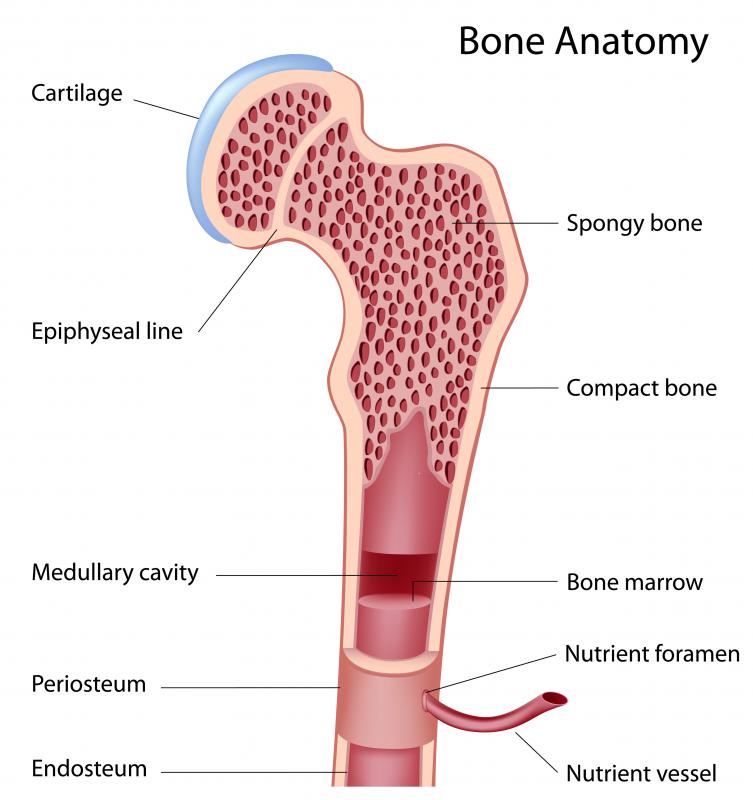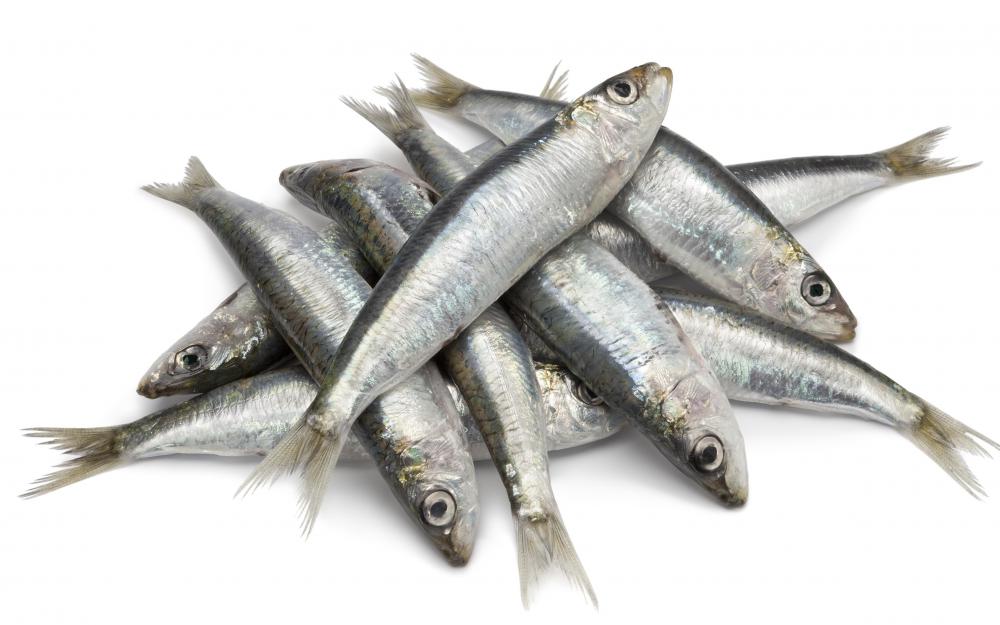At WiseGEEK, we're committed to delivering accurate, trustworthy information. Our expert-authored content is rigorously fact-checked and sourced from credible authorities. Discover how we uphold the highest standards in providing you with reliable knowledge.
What is Bone Healing?
Bone healing is the process by which bones repair from fractures and bruising. In most cases, bone tissue is self-healing, and repairs itself by generating new tissue cells and blood vessels; the new tissue is able to knit itself into the ends of the original bone to reform a new and complete unit. In cases of broken bones, if the break is not set properly, the tissue may connect unevenly and result in permanent damage and irregular bone growth. Bone fractures are typically classified as complete, which indicates a complete break, or greenstick, which is when the bone is cracked but not completely broken. A comminuted fracture is when the bone is broken or crushed in more than one place, and bone healing for this type of injury often takes much more time.
In many instances of a complete fracture, it is necessary to splint or apply a cast to the broken bone to ensure even cell repair. A splint is used to partially immobilize and support the bone during the bone healing process. Rod-like in structure, splints are usually made of steel or fiberglass, and are usually secured to the injured area by using Velcro® straps. A cast is typically made of plaster that wraps completely around the injured bone to support and immobilize it from all sides. The duration of treatment for both casts and splints varies according to the severity of the break and the location of the bone within the skeletal structure.

Not all bone fractures require casts or splints in order to heal. Due to the location within the body, some bones, such as those that make up the rib cage, are usually left to heal on their own. When it is not possible or practical to cast or splint broken bones, doctors may choose other methods to offer support and help reduce stress during healing. They may wrap the area in support bandaging and recommend restricted mobility. In many cases, bones that are not splinted or cast may take longer to heal, so prescription pain medication may be given for extended periods.

Bone healing often takes many weeks to complete, but in some cases, the cellular repair can be expedited by incorporating calcium-rich foods into the daily diet. Some foods rich in calcium are dairy products, dark green vegetables, and soybeans. In addition, some seafood such as salmon and sardines are also considered excellent natural sources of calcium.
AS FEATURED ON:
AS FEATURED ON:















Discussion Comments
@w00dchuck41 - The liquid vitamins are slightly more expensive, but still comparable to how much regular pill vitamins cost. Don't blend them up in your coffee -- that's just nasty. There's a reason that they are coated. They taste horrible without it and gagging them down is impossible.
If you ever break your leg again, soy milk is much better for it than almond milk. You need lots of calcium when you're healing your bones. If you really can't stomach it -- try coconut milk. It's more expensive but it has lots of calcium too. Almond milk is usually packed with sugar and carbohydrates – the last two things you want to eat when you're laid up with a broken leg.
@amsden - I'll bet you can't taste the vitamins -- the soy milk will cover the taste. Soy milk is so sour, how can you choke it down? Do you sweeten it or something? I think I'll stick to my almond milk, thanks.
I never thought of taking liquid vitamins. It is sort of a pain to take all of the pills every morning. I finish off my espresso just by taking my vitamins. I make my espresso at home, so maybe I could just blend up the pills in the blender and add them to it. It couldn't taste worse than soy milk.
Is it really expensive to get the liquid vitamin?
@w00dchuck41 - I'm not lactose intolerant, but I like soy milk better than normal milk. It doesn't have that funny cow flavor and it is vegan.
I've never broken a bone before, but I've had friends break pretty much every bone imaginable. From pinky toes to ribs. We all do snow boarding and skiing together. I think the only calcium they get is in ice cream and lattes.
I'm kind of health conscious like my dad, so I take all my vitamins. I like to mix them in liquid form into soy milk smoothies and protein shakes. You can't even taste them that way.
I broke my leg last summer and my doctor got on my case because I hadn't been taking enough calcium to maintain healthy bones. I'm lactose intolerant -- so I just avoid anything dairy. I'm not that great with pills either, so a daily vitamin is more like a weekly vitamin.
Part of my bone healing nutrition treatment was to have a cup of almond milk and a serving of broccoli every day. It never even occurred to me that I could could a non-dairy calcium substitute other than soy milk -- which is putrid by the way.
I tied taking my daily vitamins in with my morning espresso. The espresso helps wash that dry pill flavor out of my mouth.
Post your comments